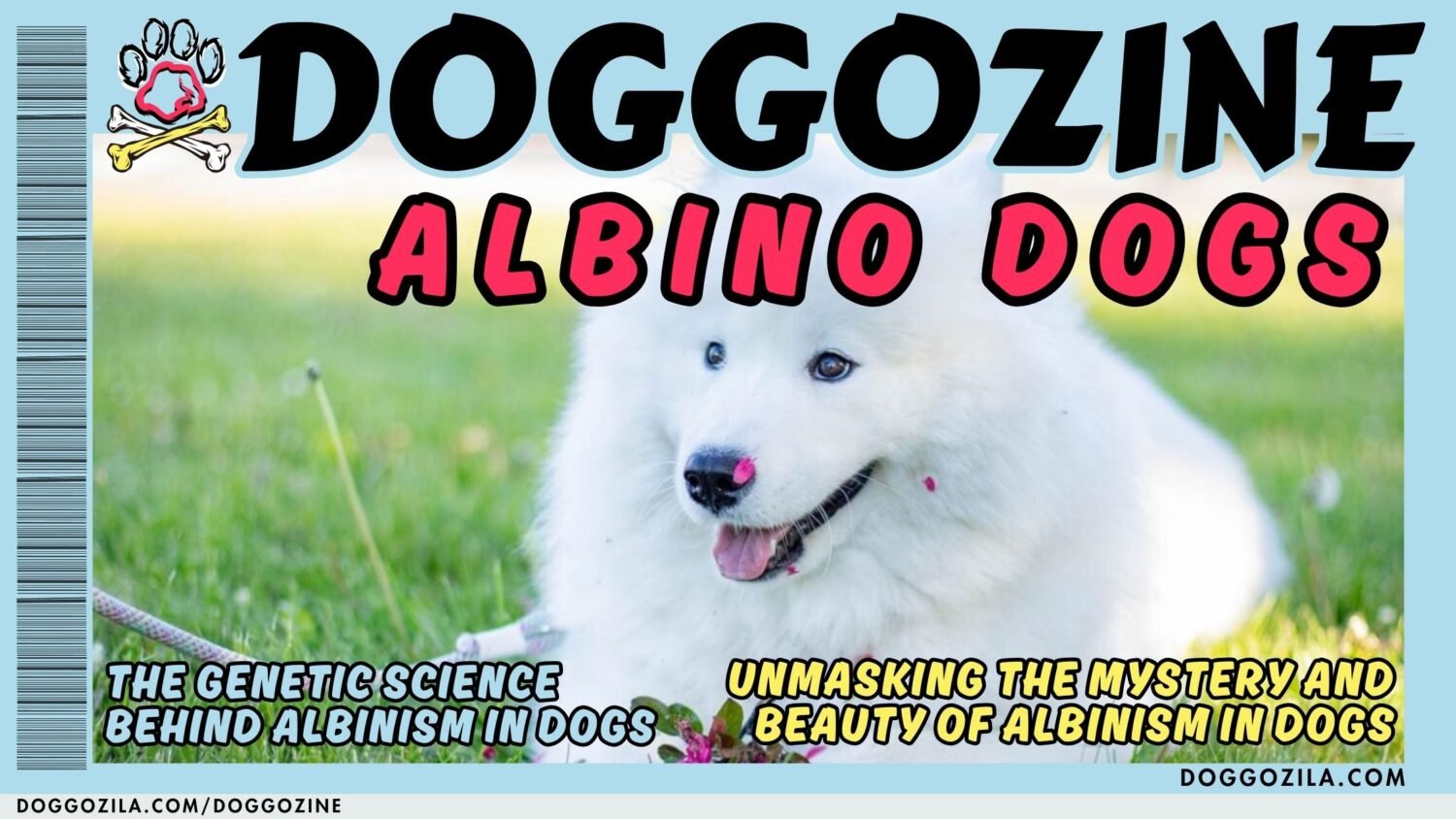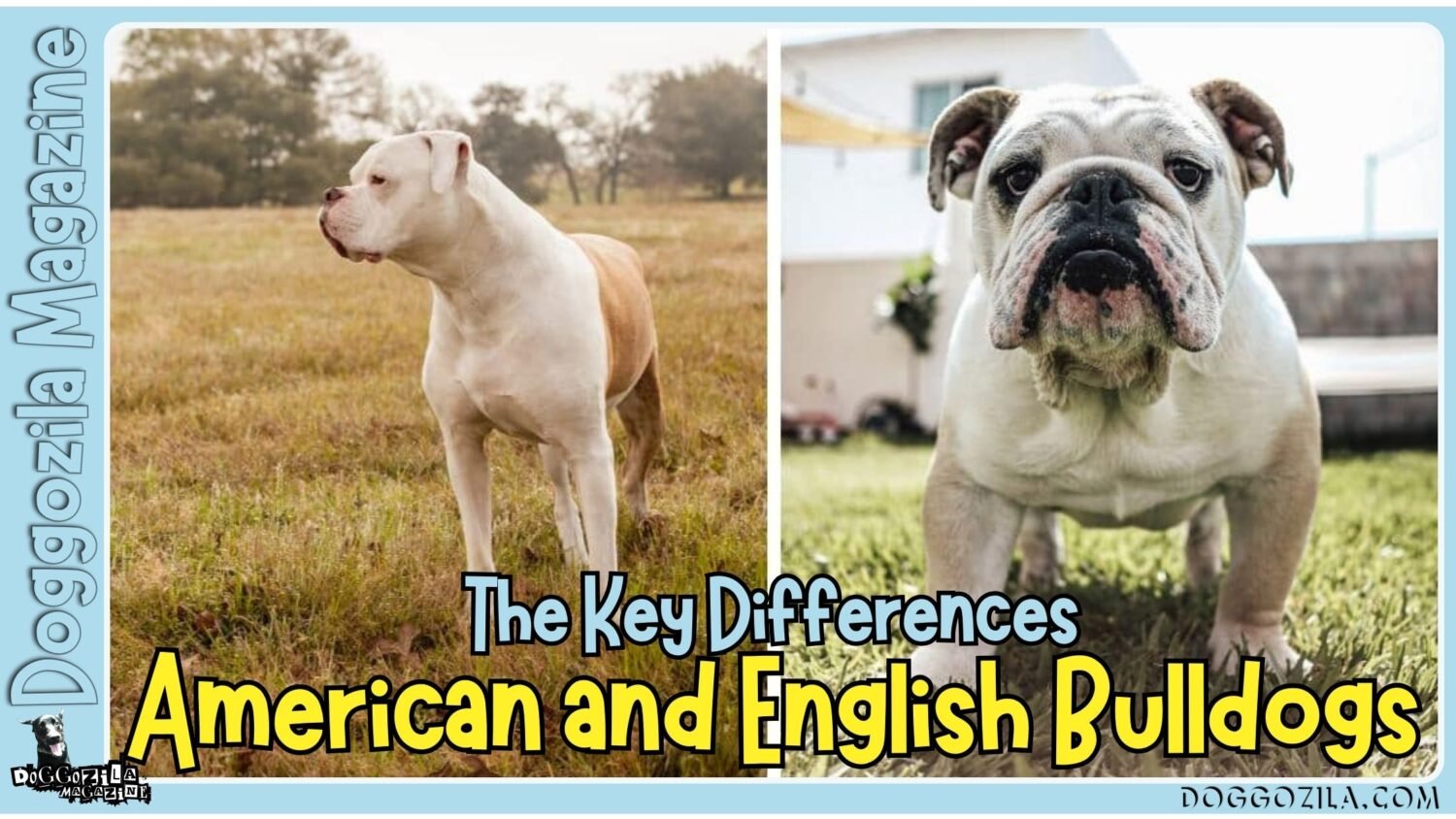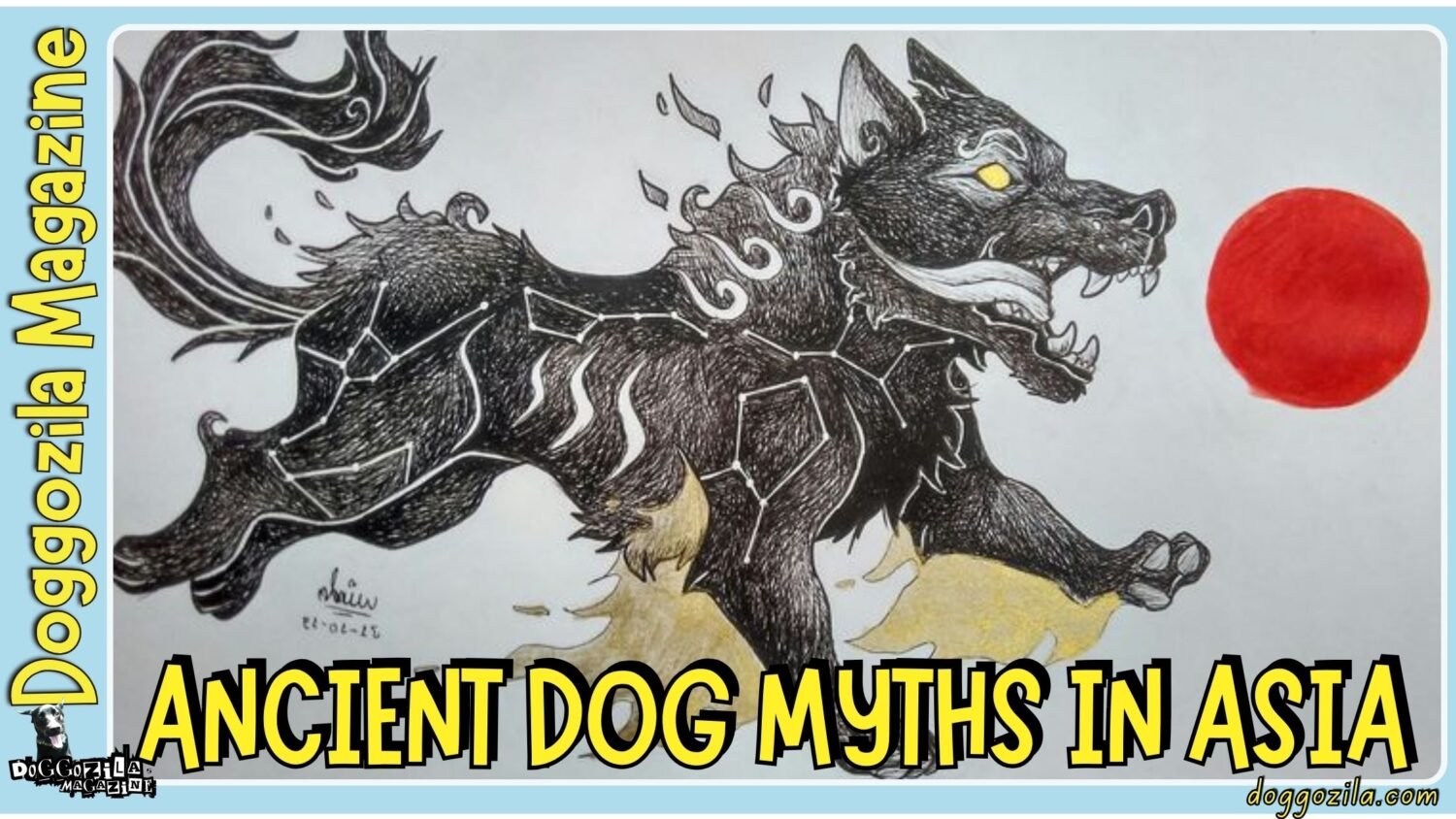For years, viral videos have shown baboons cradling puppies and monkeys grooming dogs, images so heartwarming they ignite our imaginations. As dog owners and lifelong dog enthusiasts, we’ve fielded countless questions about these unlikely pairings. “Do monkeys keep dogs as pets like we do?” The answer isn’t straightforward, but the journey to unravel this mystery reveals astonishing truths about animal intelligence, cross-species bonds, and why dogs remain humanity’s irreplaceable companions.
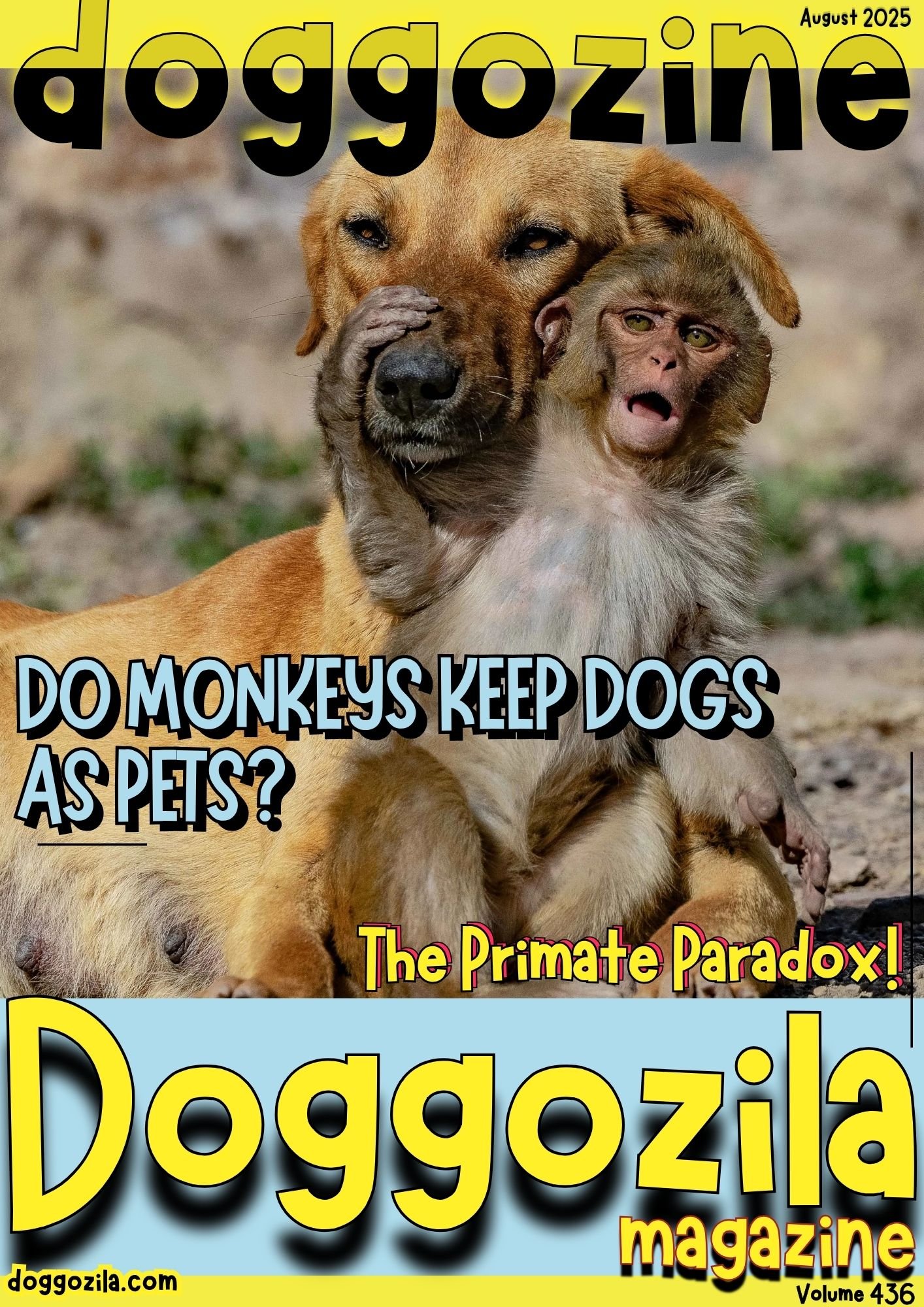
WHY THE QUESTION CAPTURES OUR HEARTS?
The idea of monkeys adopting dogs’ tugs at our emotions because it mirrors our own relationships with pets. We project our experiences onto these interactions, imagining monkeys feel the same joy we do when our dogs greet us at the door. But science suggests their motivations are far more complex, and often less sentimental.
Seeing a monkey snuggle a puppy sparks that same warmth we feel during our daily dog walks or training sessions. It’s a fantasy that blurs species lines, making us wonder if primates share our capacity for inter-species love.
Understanding the Evolutionary Puzzle: Do Monkeys Keep Dogs as Pets?
Evolution rarely favors cross-species nurturing without survival benefits. While dogs co-evolved with humans for mutual protection and resource sharing, primates lack this biological imperative with canines. Wild monkeys focus energy on offspring and troop alliances rather than adopting potential competitors.
Yet in human-dominated landscapes where garbage dumps create odd bedfellows, temporary partnerships emerge. These aren’t the deliberate bonds we form during puppy socialization classes but fleeting arrangements of convenience. The absence of long-term cohabitation evidence in primate research suggests these relationships never mature like human-dog connections do.
How Our Own Pets Influence This Curiosity?
We see monkeys holding puppies and imagine bedtime cuddles and shared meals like those with our dogs. But unlike our pets who’ve evolved “puppy dog eyes” to communicate with us, primates don’t genetically “speak dog.” This projection explains why videos of monkey-dog duos go viral, they tap into our deepest desires for universal connection.
Expert Opinions On Primate Behavior And Cross-Species Friendships
Anthropologists specializing in baboon behavior emphasize that troop structures hinge on dominance hierarchies and mating alliances, not altruistic pet-keeping. Dr. Shirley Strum’s decades of fieldwork show that hamadryas bachelors sometimes kidnap juveniles as “buffers,” a tactic that might explain puppy abductions.
Canine behaviorists note that dogs readily bond with any social partner offering food and shelter, a trait that can transform temporary tolerance into perceived family ties.
Ethologist Boria Sax cautions that we shouldn’t anthropomorphize these interactions, grooming without nursing or feeding dependency isn’t equivalent to human pet-keeping. Yet cross-disciplinary dialogue enriches our perspective, inviting dog trainers and primatologists to compare grooming cues, territorial marking, and alarm calls.
Symbiotic Benefits: When Dogs Guard Monkey Families
In scavenging contexts, stray dogs serve as effective sentries, alerting primate troops to approaching feral packs or human scavengers. Their acute hearing and louder barks function as early-warning systems, boosting the monkeys’ collective security, just as guard dog training emphasizes perimeter patrol and loud alarm.
In return, primates share leftovers and allow pups access to water sources, creating a low-cost feeding arrangement that parallels mutualism in wild animal behavior. This pragmatic alliance underpins why stray dogs often follow troops for miles, rather than due to emotional attachment. Although not pets in the domestic sense, these dogs benefit from free meals and safety in numbers, illustrating a functional model of cross-species cooperation.
🔑 Key Points: The idea of monkeys keeping dogs as pets resonates emotionally because it mirrors human-pet relationships, but scientific evidence suggests primate motivations are more complex and less sentimental.
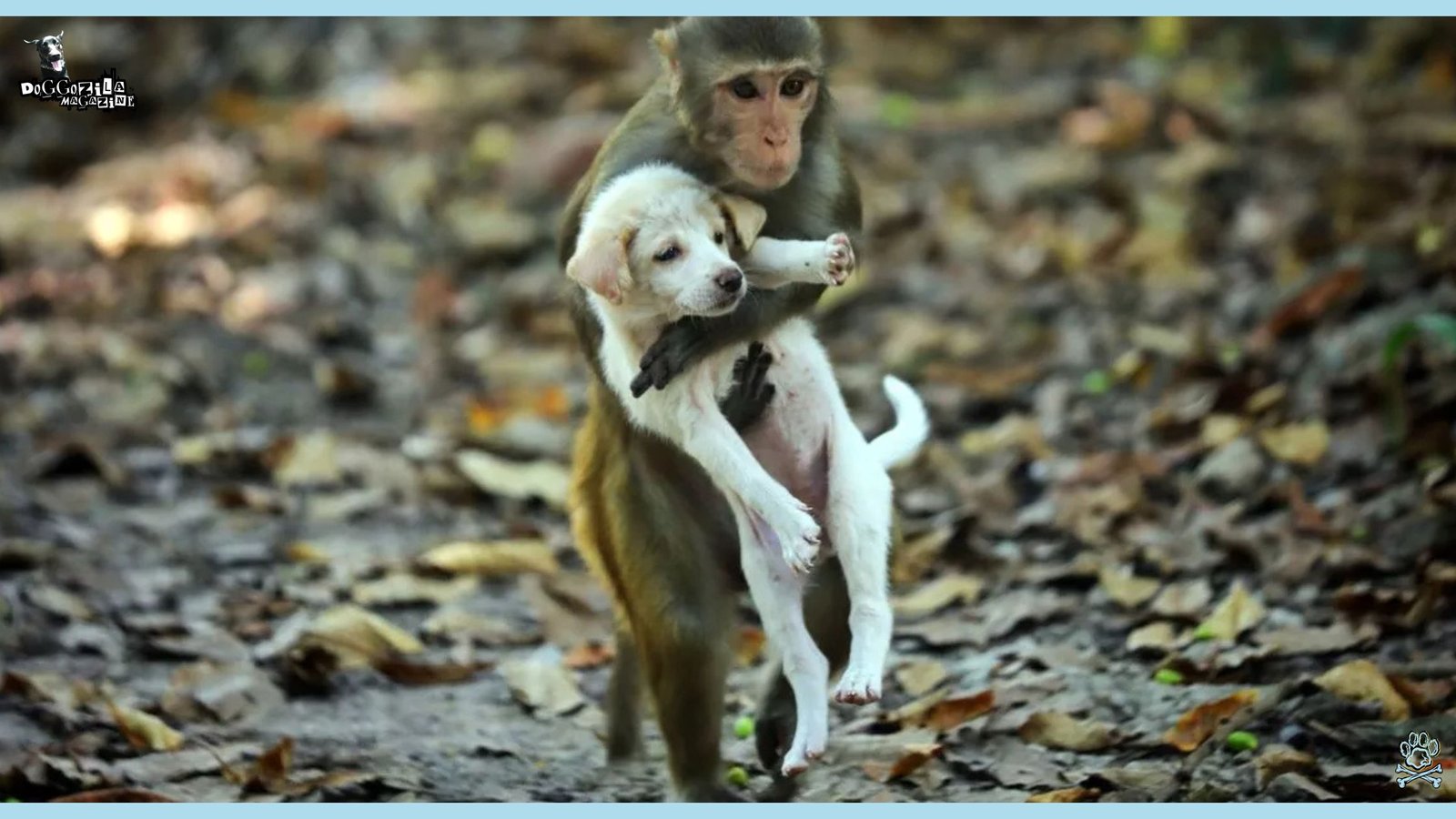
THE VIRAL VIDEOS THAT STARTED IT ALL: DO MONKEYS KEEP DOGS AS PETS?
In 2015, a YouTube clip from Saudi Arabia went viral, showing hamadryas baboons dragging puppies by their tails. Fast forward to 2025, when Cornell student Luke Seitz filmed similar behavior in Ethiopia. These visuals sparked global fascination but experts urged caution before labeling it “pet-keeping.”
Observations at garbage‐dump sites in Saudi Arabia and Ethiopia show dogs foraging alongside monkeys, sharing scraps and alert calls that benefit both species. These interactions reveal an evolutionary backdrop for cross-species communication and hint at why some troops mimic human-style pet-keeping.
What the Footage Actually Shows?
Primate researcher Dr. Shirley Strum, who has studied baboons for 50+ years, clarifies these interactions aren’t pet-keeping. Baboons kidnap puppies as “buffers” or “passports” to navigate aggression within their troops, mirroring how they use baboon infants. The puppies’ distress calls (identical to baby baboon cries) trigger their instinct to grab and hold not nurture.
In Ethiopia, the baboons Luke observed likely exploited the dogs’ presence near human settlements for food scraps, not companionship. This behavior starkly contrasts with how humans deliberately adopt rescue dogs, providing vet care and behavioral training.
The Dark Side of “Adoption”: Do Monkeys Keep Dogs as Pets?
Videos rarely show the puppies’ fates. Without maternal milk, many starve. Others die from injuries inflicted during abduction. As Dr. Strum notes, “We don’t see any puppies grow up [with baboons]… only pathetic youngsters.” The few adult dogs seen alongside troops are feral scavengers coexisting near baboons, not “pets” with a caretaker relationship.
Unlike our pet dogs who receive vaccinations and dental care, these canines suffer from malnutrition and parasites. The lifespan of such “adopted” puppies rarely exceeds weeks, whereas domesticated dogs thrive for years with proper care.
Case Study: Baboons In Saudi Arabia And Canine Companionship
In 2011, a short Nature documentary clip captured a hamadryas baboon dragging a puppy from its den in Ta’if, Saudi Arabia, and later grooming it as if part of the harem. The puppy’s behavior, following the troop’s migrations, eating shared food, and sleeping among adults, sparked debates about interspecies pet-keeping.
Researchers like Dr. Hal Herzog and anthropologist Shirley Strum questioned whether this was true pet-keeping or opportunistic scavenging with incidental bonding. Regardless, the puppy acted as a sentinel, barking at feral dogs and providing an unexpected home security dog role for the troop. This case study highlights how viral animal videos can mask complex behavioral ecology and stress the importance of rigorous field research.
Why Social Media Distorts the Truth About Monkeys Keeping Pets?
Platforms prioritize sensational clips. A 10-second video of a baboon hugging a puppy garners millions of views, while hours of footage showing indifference or violence go unseen. This creates a false narrative of intentional pet-keeping.
Algorithms amplify content that triggers emotional engagement, much like viral dog trick videos. Responsible pet owners know genuine animal bonding requires consistent care, something primates don’t provide dogs. The disconnect highlights how our social media habits shape wildlife misconceptions.
Why Do Monkeys Steal Puppies? – Video
🔑 Key Points: Viral videos of baboons interacting with puppies sparked global fascination, but experts caution that these are not examples of true pet-keeping, rather, they reflect opportunistic or exploitative behavior.
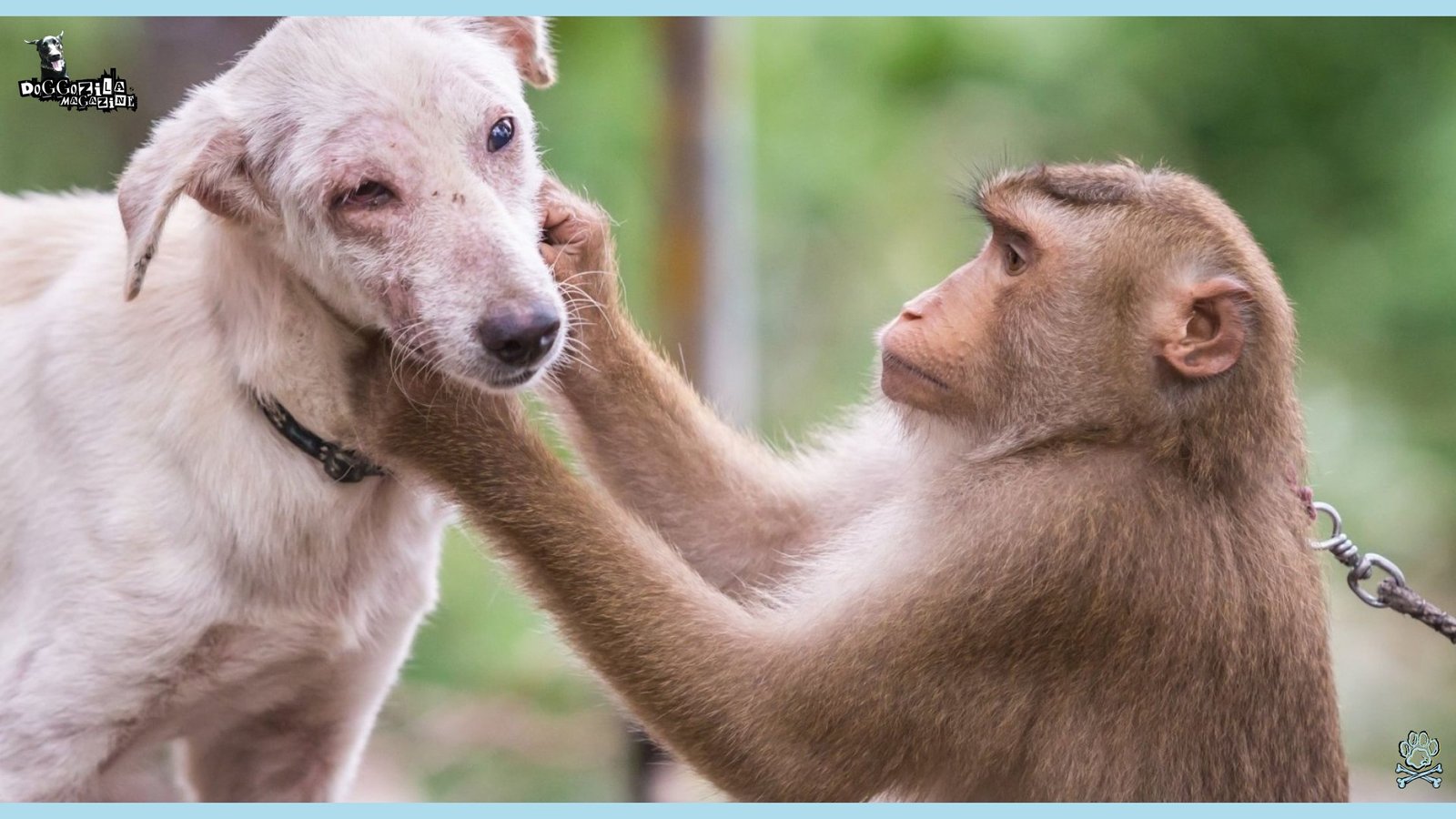
PRIMATE PSYCHOLOGY: DO MONKEYS KEEP DOGS AS PETS BY CHOICE?
Monkeys possess remarkable intelligence but lack humans’ emotional wiring for cross-species nurturing. Baboons can recognize written words and solve abstract puzzles, yet their social priorities differ fundamentally from ours.
Anthropologists specializing in baboon behavior emphasize that troop structures hinge on dominance hierarchies and mating alliances, not altruistic pet-keeping. Dr. Shirley Strum’s decades of fieldwork show that hamadryas bachelors sometimes kidnap juveniles as “buffers,” a tactic that might explain puppy abductions.
The Buffer Theory Explained
Male baboons use infants or puppy stand-ins as social shields. Approaching a dominant male? Holding a puppy reduces aggression. This tactical behavior is survival-driven, not affectionate. When the “buffer” loses utility (e.g., the puppy grows), the baboon often abandons it.
Unlike human pet owners who cherish their dogs through old age, primates show no attachment beyond immediate functionality. This contrasts sharply with how we bond with senior dogs, adapting care to their changing needs.
A Curiosity Experiment Gone Wrong
Timothy Standish, a biologist who owned a long-tailed macaque as a child, describes monkeys as “erratic” and incapable of sustained bonding. His pet would bite after being groomed or steal food and flee, behaviors starkly opposed to dogs’ loyalty.
He recalls, “For just a moment you’d think there was a connection… then you’d find yourself scratched.” This unpredictability explains why primates don’t succeed as household pets, unlike dogs bred for temperament stability. While dogs thrive in crate training and routine, primates exhibit chronic stress in captivity.
The Play vs. Exploitation Dilemma: Do Monkeys Keep Dogs as Pets?
Baboons occasionally play with dogs near garbage dumps, but these are opportunistic interactions. Like humans tossing a ball for a stray, it’s momentary amusement, not commitment. As Strum emphasizes, “This is definitely NOT pet-keeping from the baboons’ point of view.”
True pet ownership involves responsibility like scheduling annual vet checkups or maintaining flea prevention which primates never demonstrate. These fleeting encounters resemble how a child might briefly entertain a neighbor’s dog before returning it, not lifelong guardianship.
🔑 Key Points: Monkeys lack the emotional wiring for cross-species nurturing. Their interactions with dogs are often tactical, such as using puppies as “buffers” to navigate social hierarchies, not for companionship.
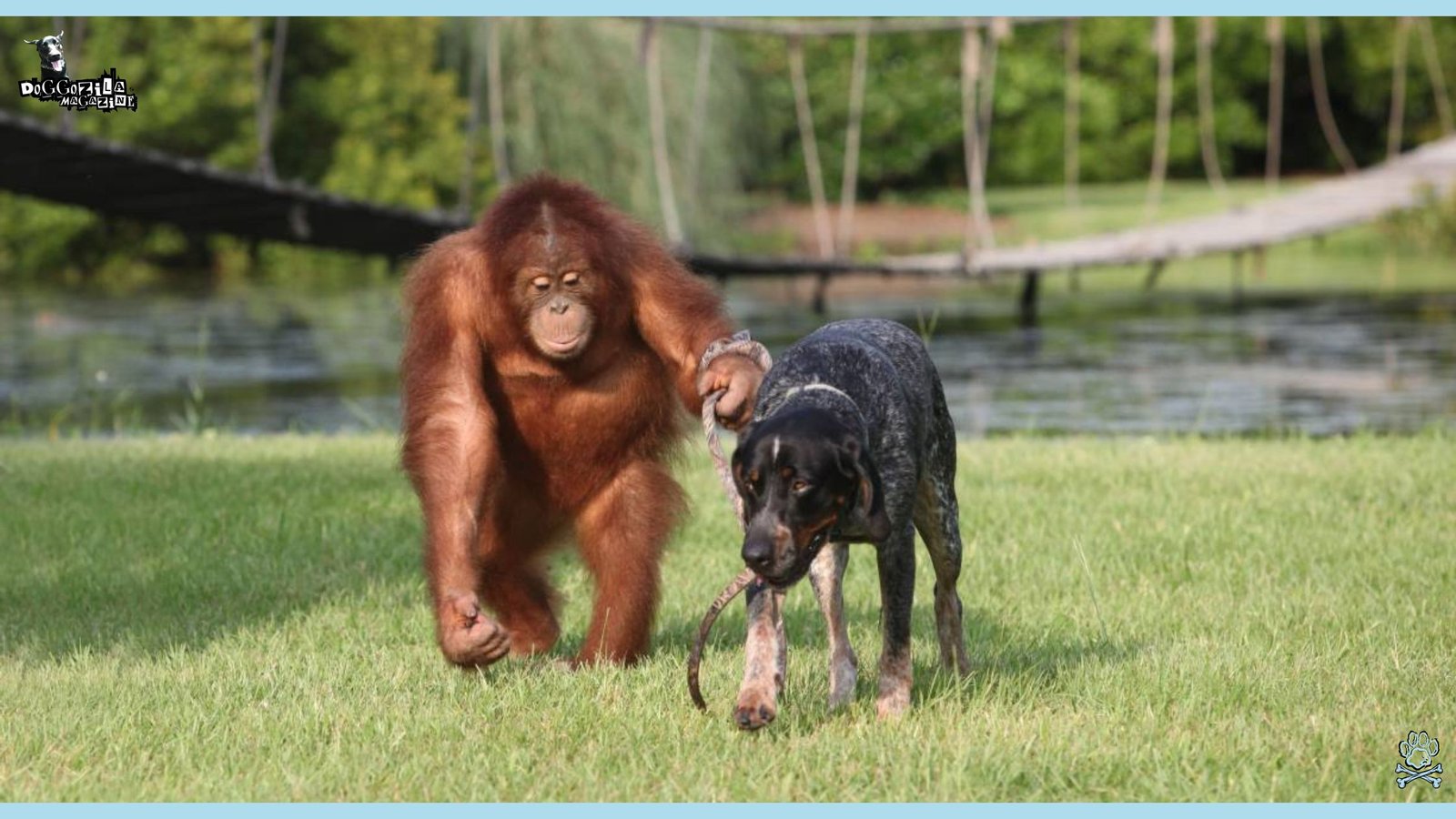
WHY DOGS OUTSHINE MONKEYS: DO MONKEYS KEEP DOGS AS PETS?
The human-dog bond is biologically unique, forged through 40,000 years of co-evolution. No primate-dog relationship replicates this depth.
From an evolutionary standpoint, pet-keeping in humans emerged alongside agriculture and sedentism, offering mutual benefits of pest control and companionship. Primates, however, lack the cultural infrastructure to domesticate other species intentionally.
Relational Intelligence: Dogs’ Secret Weapon
Standish’s dog Jill could solve complex spatial problems (e.g., navigating a leash around a pole) and anticipate command sequences, skills his monkey never demonstrated. Dogs evolved neural pathways to read human gestures and emotions, passing these traits to offspring.
Modern pet dogs even synchronize their sleep cycles with owners, something never observed in monkey-dog pairs. This intelligence makes dogs ideal service animals, whereas primates remain unreliable even in controlled settings.
The Bond That Defines Pet Ownership
True pet-keeping involves mutual care, longevity, and emotional reciprocity. Dogs seek our presence when sick; they mourn our absence. Baboons “keeping” puppies show no such responsibility. As Standish notes, “Dogs form genuine relationships. My monkey saw me as a vending machine.”
This bond inspires dog owners to invest in enrichment toys and agility training, activities primates would ignore or destroy. The daily rituals of feeding, walking, and grooming create trust that monkeys simply don’t replicate with dogs.
Oxytocin: The Biological Proof
Studies show human-dog eye contact triggers oxytocin surges in both species, the same hormone bonding mothers and infants. No such biochemical feedback loop exists between monkeys and dogs.
This hormonal dance explains why coming home to your dog reduces human stress levels, while primates often increase anxiety. It’s nature’s seal on a partnership monkeys can’t counterfeit.
🔑 Key Points: The human-dog bond is biologically unique, built on 40,000 years of co-evolution. Dogs have evolved to understand human emotions, while primates show no long-term caregiving instincts toward canines.
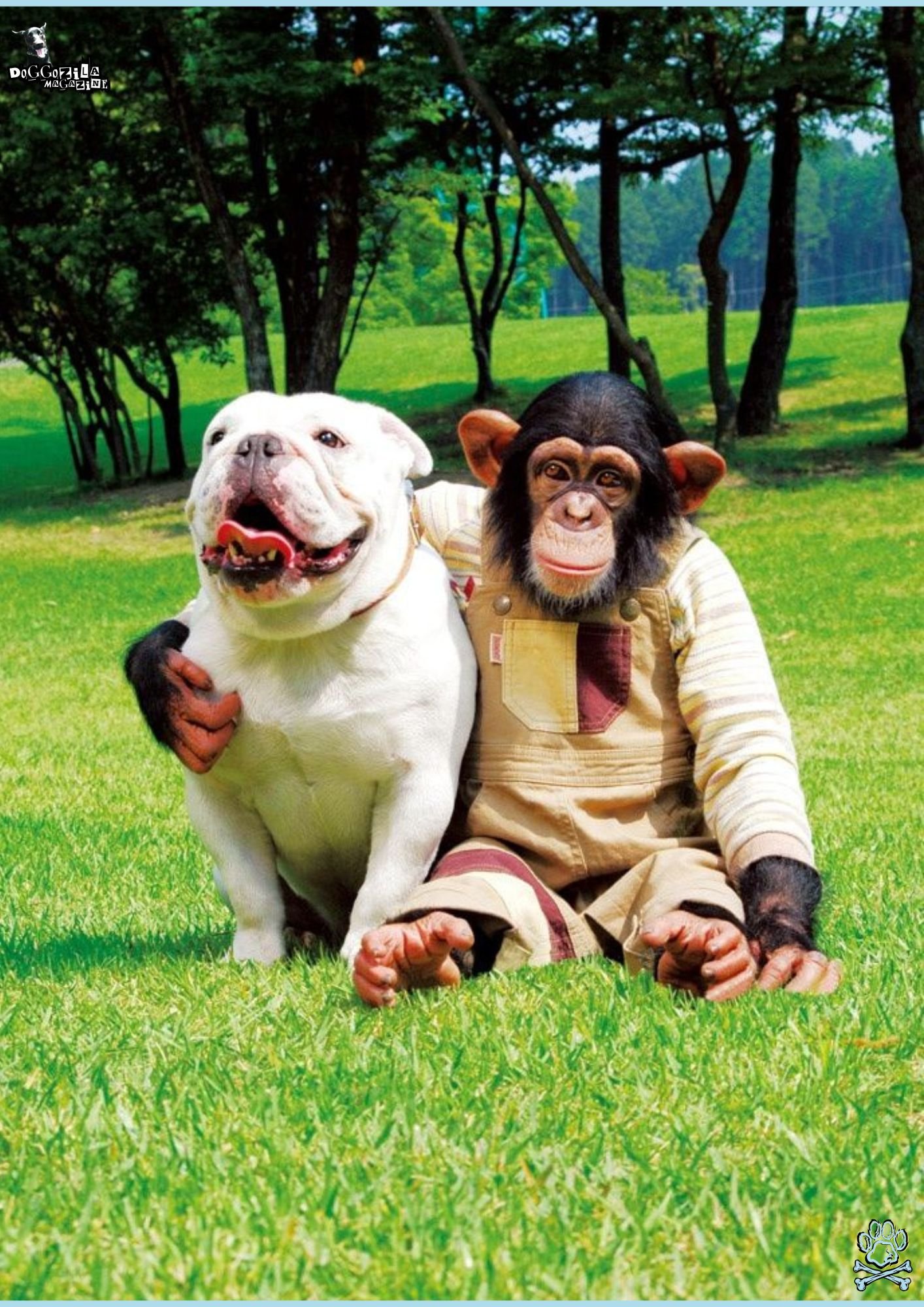
WHAT SCIENCE CONCLUDES: DO MONKEYS KEEP DOGS AS PETS?
Decades of primatology research deliver a clear verdict that monkeys don’t keep dogs as pets. Their interactions are situational, not relational.
Occasional adoptions of puppies likely stem from opportunistic foraging alliances rather than evolved pet-keeping drives. Yet these rare events provoke reflection on how social intelligence and ecological pressures shape animal associations across species.
Research Findings Across Primate Habitats
From Indian temples to African savannas, studies show consistent patterns, monkeys tolerate dogs near food sources but show no nurturing behavior. Macaques at Bali’s Uluwatu Temple steal food alongside street dogs yet abandon them during troop movements.
Unlike human-pet dynamics where dogs receive priority during crises, primates prioritize conspecifics. This mirrors findings from 2024 Kyoto University studies where capuchins ignored distressed dogs unless food was involved.
Case Studies: Do Monkeys Keep Dogs as Pets Long-Term?
In Ethiopia’s Awash National Park, researchers tracked 12 baboon-carried puppies over two years. None survived beyond six months, and adults showed no recognition of surviving juveniles. Contrast this with how stray dogs adopted by humans thrive a testament to our species’ unique caretaking capacity. Forensic analysis of primate feces in these areas revealed zero evidence of food-sharing with dogs, debunking “provisioning” theories.
The Verdict: Do Monkeys Keep Dogs as Pets?
Peer-reviewed evidence confirms primates lack the biological framework for pet-keeping.
Their occasional interactions with dogs are:
- Exploitative (using puppies as social tools)
- Opportunistic (scavenging co-location)
- Ephemeral (no long-term bonds)
Whereas human pet ownership involves deliberate adoption, medical care, and emotional investment hallmarks absent in primate behavior.
🔑 Key Points: Decades of research confirm that monkeys do not keep dogs as pets. Their interactions are situational, exploitative, opportunistic, or ephemeral, lacking the emotional investment seen in human-pet relationships.
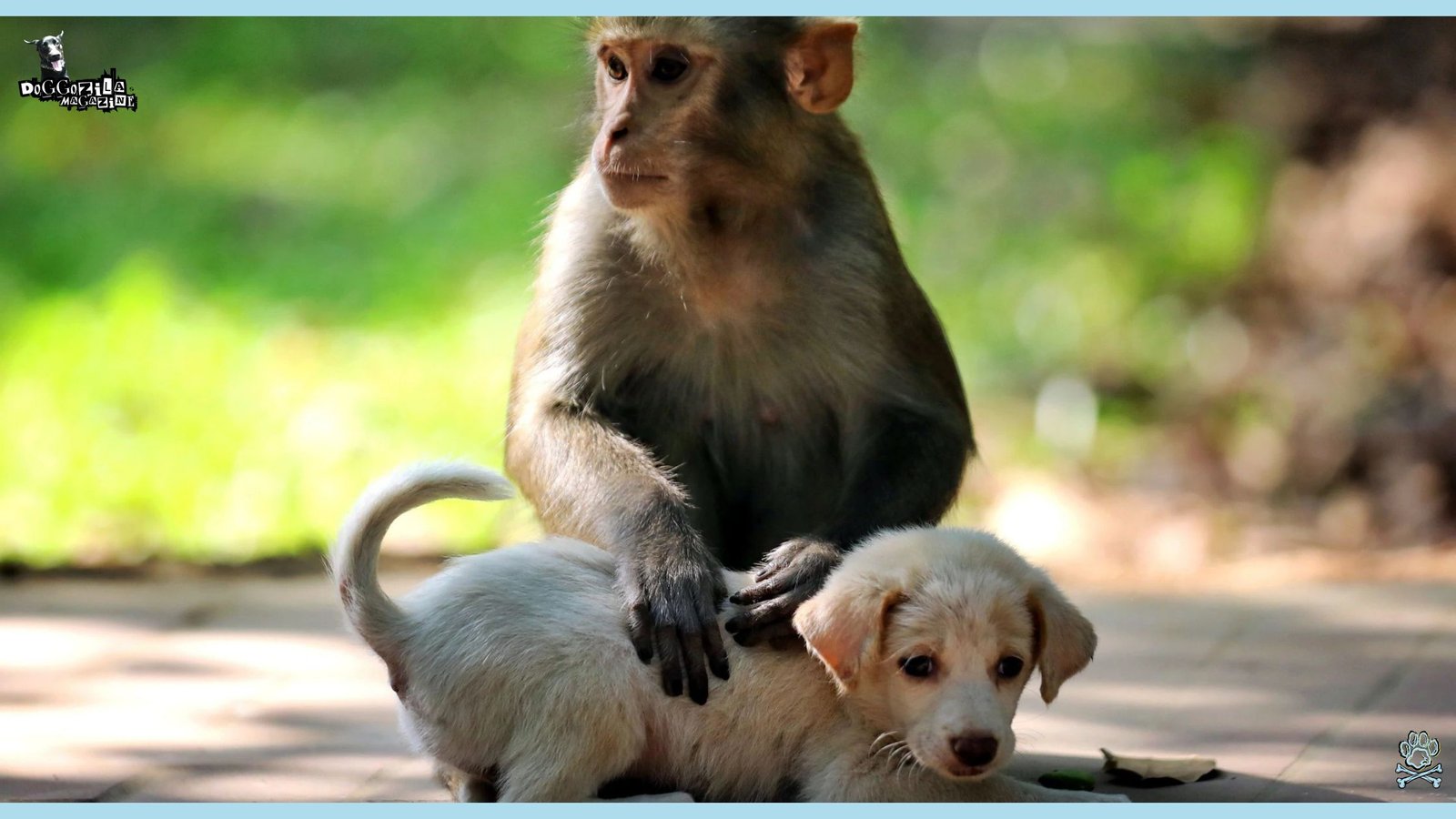
CAPUCHINS, MARMOSETS, AND EXAMPLES OF INTERSPECIES NURTURING
Brazilian researchers documented white-faced capuchin monkeys adopting an orphaned marmoset, feeding and grooming it as if it were one of their own. This case resembles the baboon-puppy interactions, suggesting that nurturing drives extend beyond immediate kin in some primate species.
The bearded capuchins studied in the American Journal of Primatology even carried the marmoset long distances, exposing it to new foraging grounds. Such nurturing behaviors reflect flexible social cognition, enabling primates to extend care beyond conspecific boundaries under special circumstances. Though evidence remains limited, these anecdotes challenge strict views of species-specific caregiving.
The Surprising Reasons Do Monkeys Keep Dogs As Pets Alongside Their Troops
Beyond sensational headlines, practical benefits drive most observed monkey-dog alliances: efficient foraging, enhanced alarm systems, and social enrichment. Dogs excel at detecting distant threats, while monkeys navigate complex terrain and share edible refuse.
Together, they create a mini-ecosystem of mutual advantage, hinting at why occasional adoptions or tolerances emerge in resource-scarce environments. Understanding these ecological drivers can inspire novel enrichment ideas for our own canine companions.
Related Article Recommendation: Dogs Are Important To The Ecosystem
Resource Sharing And Foraging Strategies: Do Monkeys Keep Dogs As Pets For Food Signaling?
In dump sites and campsite ruins, monkeys collect edible scraps and discard shells or bones, leaving nutrient-rich morsels for stray dogs. Dogs, in turn, sniff out hidden refuse and lead monkeys to new food sources, unwittingly acting as truffle hounds of the savanna. This collaborative foraging mimics dog nutrition guides that emphasize scavenging instincts and opportunistic feeding.
Over time, troops learn which individuals reliably locate water holes or fruiting trees, integrating dogs into their trail networks. These symbiotic food strategies highlight how resource scarcity and behavioral flexibility create temporary alliances reminiscent of rough-and-tumble scavenger groups.
Alarm Systems: Dogs As Sentries In Primate Communities
When a lone hyena or rival dog pack approaches, a sharp canine bark resonates through the troop, giving primates crucial seconds to climb trees or retreat. Monkeys respond with distinct alarm calls, reinforcing situational awareness within the group. This dual-warning system far exceeds primate or canine alarm capabilities alone, boosting collective vigilance.
Home security dog enthusiasts often train guard breeds for similar perimeter duties, but here evolution crafted an impromptu system without training manuals. Observing these natural sentry behaviors can inspire dog owners to refine their own pet’s guard training with positive reinforcement and enrichment.
🔑 Key Points: Some primates (like capuchins) have been observed nurturing other species (e.g., orphaned marmosets), but these cases are rare and differ fundamentally from human-style pet ownership.
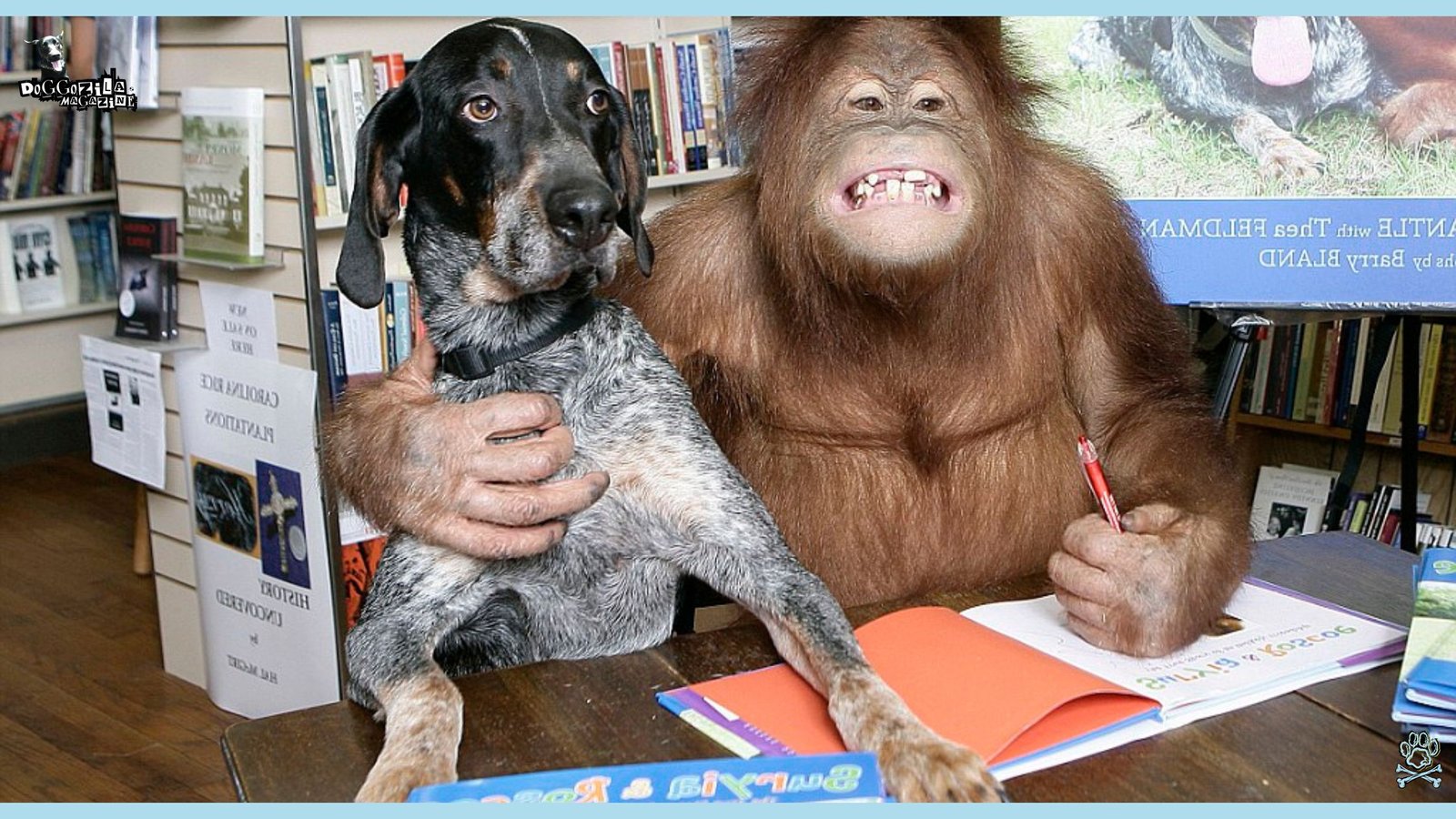
PLAY BEHAVIOR AND SOCIAL BONDING BETWEEN MONKEYS AND DOGS
Juvenile monkeys and puppies share a penchant for chase, tumble, and mock harassment, providing social benefits that strengthen cognitive and motor skills. These play sessions foster trust and reduce stress hormones, much like dog sports such as agility and fetch.
Research shows that varied play environments using logs, stones, or branches stimulate exploration and prevent boredom in dogs and primates alike. By alternating solo foraging with group play, both species develop resilience and problem-solving abilities. Incorporating similar play rotations at home switching puzzle toys and outdoor hikes can mirror this dynamic enrichment.
Lessons From Service Dog Training Applied To Wild Contexts
Service dogs receive extensive positive-reinforcement training to guide individuals with disabilities, a process built on clear commands, rewards, and structured environments. While wild monkeys lack training protocols, their consistent grooming gestures and vocal cues serve as a universal language of trust.
Observations of primate social cues like invitation signals or submission postures can inspire more nuanced command strategies in pet dogs. For example, rewarding a dog with gentle petting when it responds correctly to a “sit” command mirrors primate grooming rituals. Blending best practices from service dog manuals with primate social studies enriches our understanding of cross-species communication.
Do Monkeys Keep Dogs As Pets: Lessons For Human Canine Companionship
Reflecting on these wild episodes offers fresh insights for dog owners focused on trust building, enrichment, and healthy bonds. While we may never replicate a primate troop’s social complexity, understanding interspecies alliances broadens our toolkit for puppy socialization and rescue integration.
By blending ecological perspectives with neuroscience of attachment, we craft richer, more adventurous lives for our pets. And by learning from nature’s occasional alliances, we can deepen our own relationships with man’s best friend.
What Dog Lovers Can Learn: Do Monkeys Keep Dogs As Pets Gives Insights Into Trust?
Trust in dogs grows through consistent positive experiences, much like orphaned puppies learning to follow baboon troops for safety. Bond-building strategies emphasize clear communication, predictable routines, and gradual exposure to new settings.
Rescue dog adoption tips often highlight the need for patience as dogs adjust to unfamiliar environments, echoing how puppies adapt to primate neighbors. Regular play sessions, gentle handling, and reward-based training foster secure attachments. Ultimately, understanding that social bonds can form across species reminds us that empathy and patience are universal building blocks.
🔑 Key Points: Juvenile monkeys and dogs may engage in play, fostering temporary trust, but these interactions lack the sustained commitment seen in human-dog relationships.
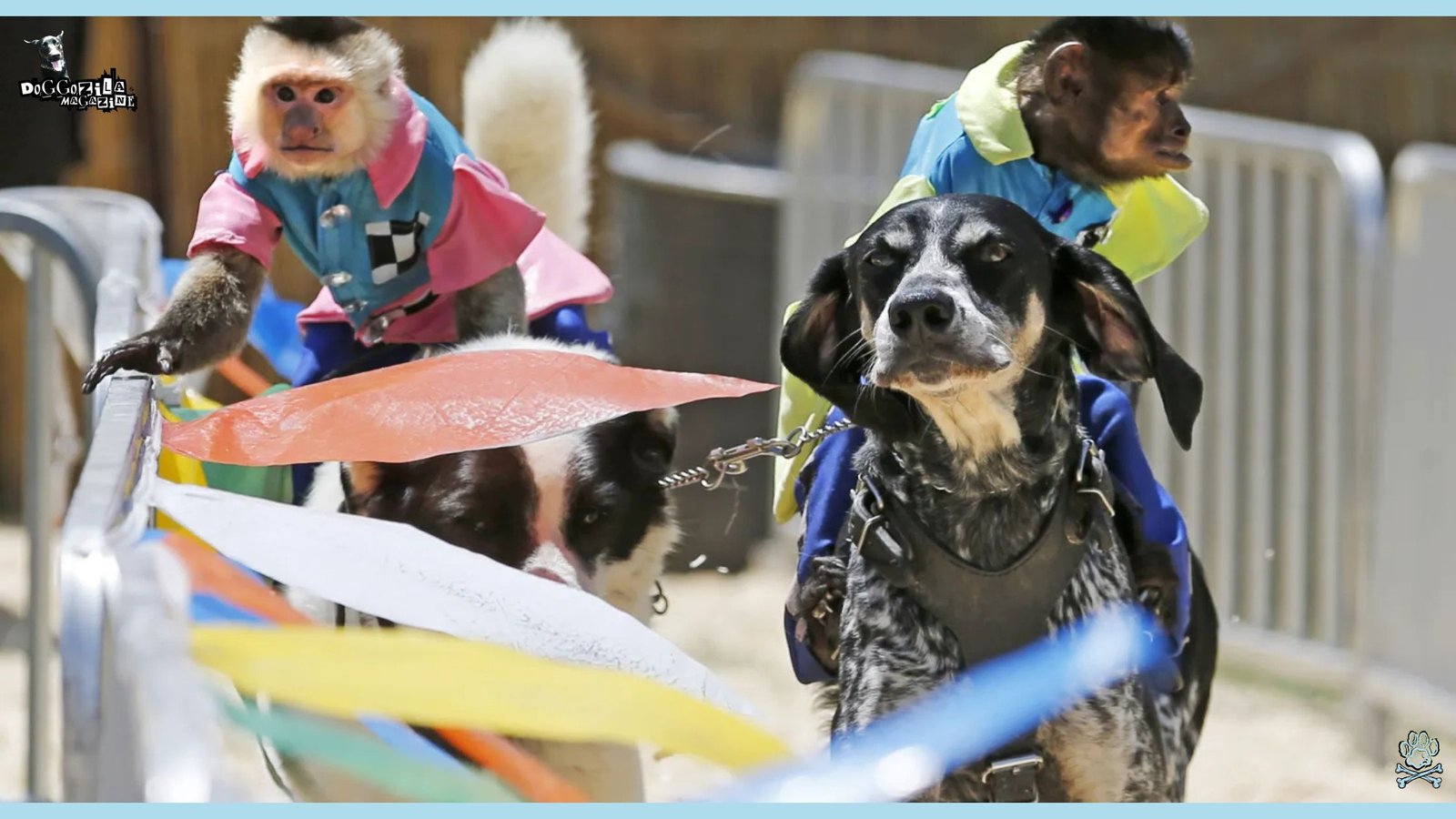
MOST SEARCHED DOG BREEDS IN 2025 AND THEIR POPULARITY IN INTERSPECIES STORIES
Google Trends reveals that French Bulldogs, Labrador Retrievers, and Golden Retrievers dominate the internet for “best dog breeds for families,” reflecting their adaptable temperaments. These breeds frequently appear in cross-species narratives, playing gentle companions to various animals.
The internet is full with shared examples of these popular dog breeds being part from stories of interspecies trust, reinforcing their status as universal “bridge dogs.”
Dog Health Tips From Primate Observation
Observations of primates selecting medicinal plants for self-medication suggest new avenues for dog dietary supplements. Wild monkeys chewing certain leaves to deter parasites inspires natural flea-control remedies for dogs, blending ecological insight with home safety protocols.
Watching monkeys drink from mineral-rich springs prompts dog owners to test water quality and offer accessible water sources during hikes. While primate self-medication doesn’t directly translate to veterinary prescriptions, it sparks curiosity about botanical supplements and dietary diversifications. By incorporating safe, vet-approved herbal additions, dog guardians can enhance immunity and skin health, reflecting nature’s pharmacy.
Training Methods That Resonate Across Species
Positive reinforcement, clear cue signals, and short training intervals form the backbone of effective dog training and primate research protocols alike. Primatologists reward monkeys with fruit slices for completing cognitive tests, a method analogous to clicker training in dogs. Both species respond best to consistent markers like a click or a plume of color paired with immediate rewards.
Sequencing tasks from simplest to complex keeps animals engaged, preventing frustration and dropout. Whether teaching a dog “sit” or training a monkey to press levers, the principles of timing, clarity, and reward remain universal. Integrating these cross-species strategies enhances engagement and accelerates learning curves.
Related Topic Recommendation: Virtual Train Room For Online Dog Training
Can Your Dog Learn From Monkey Behavior Patterns?
Monkeys offer a treasure trove of social learning and problem-solving strategies that dogs might mirror when given the chance. By setting up puzzle feeders, obstacle courses, and exploratory zones, dog guardians can foster curiosity and reduce boredom, key lessons drawn from primate enrichment research.
Encouraging safe explorations and peer-modeling among littermates taps into dogs’ observational learning, a trait well-documented in capuchin and macaque troops. When owners channel monkey-inspired enrichment, dogs demonstrate improved focus, reduced destructive behavior, and enhanced social cohesion. These cross-taxa insights pave the way for richer, adventure-driven play regimens.
Unexpected Friendships: Do Monkeys Keep Dogs As Pets Beyond Tigers And Cats
Throughout the animal kingdom, surprising pairs of friends emerge that defy predator-prey expectations, from ostriches grooming warthogs to goats cuddling sheepdogs. In one touching video from an Indian wildlife sanctuary, an orphaned rhesus macaque clings to a stray local mix, following her everywhere and nuzzling close at night.
Researchers at the sanctuary noted that the dog accepted the macaque’s grooming overtures, gently licking and sometimes resting her head against the little monkey, forging a bond that resembled mother-infant attachment. Similar tales from South Africa recount a terrier sidekick helping a mother baboon defend her infants against marauding jackals, an alliance formed purely through shared goals of protection and warmth.
The Final Takeaway
As dog lovers who follow the latest trends in dog companionship, we wonder if these interspecies friendships have practical lessons for pet owners. By examining troop dynamics, food sharing, and grooming rituals, we begin to see how doctrines of dog adoption and monkey sociality might intersect.
When we ponder do monkeys keep dogs as pets in such scenarios, it becomes clear that necessity, empathy, and resource sharing often outweigh species boundaries. These stories illustrate that social intelligence and caregiving instincts can leap across genetic divides, creating interspecies friendships as enriching for us to watch as they are for the animals themselves.
Observing primate-dog dynamics can inspire better trust-building and enrichment strategies for dog owners, emphasizing consistency, patience, and positive reinforcement.
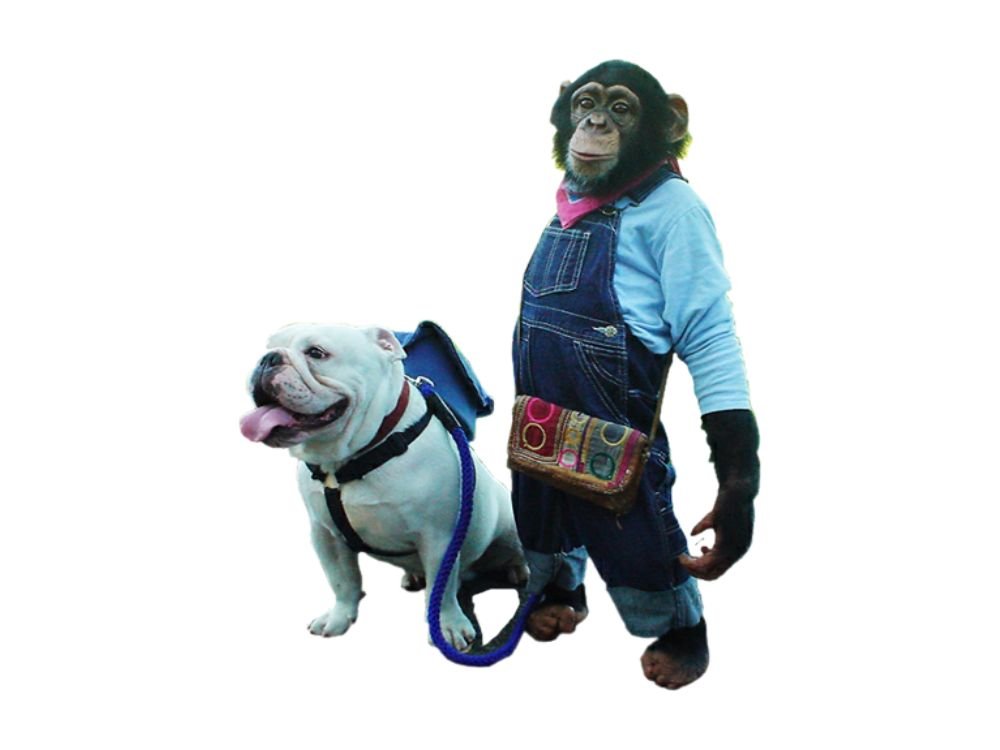
As dog lovers, we can draw inspiration from these alliances by encouraging our pets to socialize thoughtfully, embracing the unexpected and celebrating the playful spirit that unites all animals.





